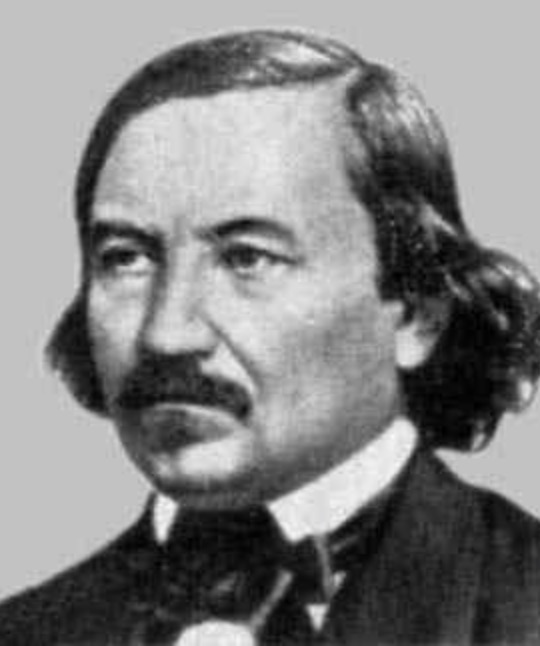
Joseph Louis Francois Bertrand was born in Paris, France on March 11, 1822. He showed cognitive gifts at an early age, having mastered algebra and elementary geometry as well as acquiring a fluency in Latin by 9 years of age. He earned his first degree at the age sixteen and a year later was awarded his doctorate for a thesis on thermodynamics. He then entered the École Polytechnique where he published his first paper on the mathematical theory of electricity.
In 1845 Bertrand conjectured that there is at least one prime number between n and 2n – 2 for n > 3 This conjecture, similar to Euler’s conjecture in the previous century, was proved by Chebyshev in 1850. Bertrand made a major contribution to group theory with his article on subgroups of low index in the symmetric group, that was ultimately published in the Journal de l’École Polytechnique.
Bertrand published many works on differential geometry and on probability theory. His book Calcul des probabilitiés, published in 1888, contains a paradox on continuous probabilities now known as Bertrand’s paradox. It concerns the probability that an arbitrary chord of a circle is longer than a side of an equilateral triangle inscribed in the circle. The paradox reveals that theoretical probabilities of outcomes in experiments involving random selections depend upon how randomness is defined.
Challenging the idea that there can be “laws” of chance, he asserted, “How dare we speak of the laws of chance? Is not chance the antithesis of all law?”
